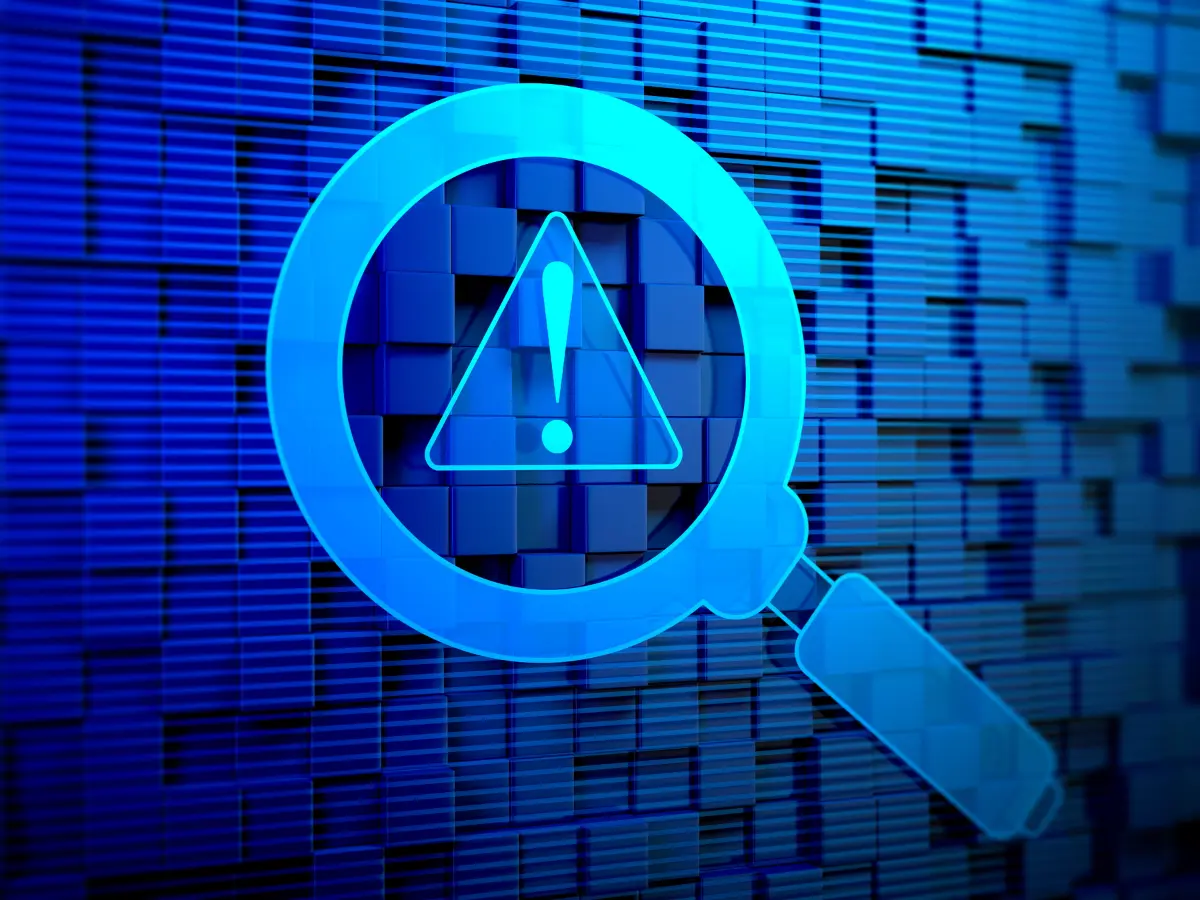Top 12 GDPR requirements you must know in 2024
Towards the early 2000s, the European Union realised the need to regulate data protection and security. Although some other factors were involved, the fast rise of the internet became the final push for a data protection regulation. This brought about the implementation of the GDPR.
On May 25, 2018, the General Data Protection Regulation (GDPR) came into existence. The main goal of the GDPR is to give data subjects (owners of data) more control and protection over how their data is collected, processed, used, and stored by organisations.
An important point to note is that the GDPR applies to every organisation that operates in the EU or handles data belonging to an EU citizen, wherever they are. Now, there are several GDPR requirements for organisations, and this article provides a summary of them.
Lawful, fair, and transparent processing
Shouldn’t be hard, right? Yes, it sounds straightforward, but according to IT Governance UK, it’s the most violated GDPR requirement.
Article 5 of the GDPR mandates every organisation handling data to have a legal reason to do so. Meaning, you can’t collect, process, and store personal information for any random purpose. To know if your processing is lawful, check it against the GDPR’s lawful basis for processing.
For data processing transparency, you should communicate clearly your ways of processing, in addition to the lawful reasons, to the data subjects. For this, you should make privacy notices and ensure data owners have easy access to it.
Purpose limitation
This requirement addresses another issue. With this, every organisation can process data for the lawful purpose clearly stated ONLY. This means that you cannot process collected data for reasons beyond the initial purpose.
Data minimisation
Isn’t it better to collect all the data you can get from each subject in one go? While it sounds reasonable, the GDPR kicks against it.
You can only collect data necessary for the stated purpose. For instance, in research for the average height of males, the HIV/AIDS status of the subject isn’t needed. As such, you shouldn’t collect it.
Accuracy
No organisation should keep or process incorrect data. As such, data accuracy under the GDPR is mandated and effective immediately upon discovery.
Storage limitation
There‘s a limit to how long an organisation’s keep data after processing. Of course, there are unique timeframes for each type of data. In summary, data retention under the GDPR cannot be longer than necessary.
Integrity and confidentiality
The GDPR states that organisations must implement technical measures to ensure data security. Such methods include encryption, data masking, etc.
Accountability
Yes, the GDPR requires absolute compliance by organizations. And so they have to show proof of their compliance.
Struggling with GDPR compliance? Contact Johan’s Consult now for a free 1-1 consultation. Data Subject Rights
Data Subject Rights
Since the goal of the data protection regulation is to give subjects more control, it makes sense that there are GDPR rights for individuals.
The right to be informed
Entities (organisations) must tell individuals what data is collected, how it’ll be processed, and the purpose. And these must be communicated clearly in plain language.
Right to rectification
Should the data subject discover any inaccuracies in its data, he/she can request that the organisation correct it. Now, the organisation has a month to rectify the inaccuracy. But there are exceptions.
The right to access
An individual can demand a copy of his/her personal data. Once the individual submits DSARS (data subjects access requests), the organisation has one month to oblige the request.
Right to erasure
Under certain circumstances, individuals can ask organisations to delete their data permanently. For example, cases of unlawful processing and when the data is no longer necessary.
Right to data portability
Individuals can obtain and reuse their personal data for personal reasons. This right is for data given to the organisation through contract or consent.
The right to object
When organisations want to process data for lawful reasons, they give subjects the right to object to the processing. Unless they have valid reasons not to, organisations must stop processing when individuals exercise this right.
Want to learn how to write a GDPR-compliant consent statement? Click here.
Privacy by design
This concept has been around for awhile. Although it used to be a best practice for data protection, the GDPR mandates it for every organisation.
- This requirement mandates organisations to implement technical and organisational measures to ensure data protection and
- Use security measures to implement the GDPR principles.
To help you track your compliance journey, make use of this checklist.
Data transfers
In the event that an organisation needs to transfer data between borders, the GDPR requires additional steps. However, if you’re moving data within the EU, you’re exempt from extra requirements.
For data transfers with third-party countries—outside the EU—Article 46 outlines protection steps. Basically, this situation’ll need an SCC (standard contractual clauses). An SCC is used for data transfers between an EU country and a third-party country.
Data protection impact assessment
A DPIA (Data Protection Impact Assessment) helps organisations identify and reduce risks associated with data processing. It’s required in situations where sensitive information or data of vulnerable persons’ is processed.
Article 35 of the GDPR speaks on the concept of DPIA and states that it is required where data processing “is likely to result in a high risk to rights and freedom of natural persons.”.
The regulation does not explicitly define high risk, but it generally refers to the use of:
- systematic and extensive profiling;
- Special category or criminal offence data on a large scale; and
- Systematic monitoringof publicly accessible places on a large scale
For a better grip on GDPR compliance, you can use GDPR compliance software.
Data protection officer
A DPO (Data Protection Officer) is an individual trained in the technicalities of data protection who helps organisations with data protection in compliance with data protection regulations.
Article 39 explains the roles of a data protection officer (DPO). highlights include:
- advising and training staff on their data protection responsibilities;
- Monitoring the organisation’s data protection policies and procedures;
- Overseeing DPIAs
- Serving as the point of contact between the organisation and its supervisory authority; and
- Serving as a point of contact for individuals on privacy matters.
Why exactly does your organisation need a DPO? Read this article.
Awareness and training
Staff awareness training is mandatory for anyone who handles personal data or who is responsible for overseeing data protection practices.
This training must tally with the responsibilities of the employee for effectiveness. For example, those responsible for processing personal data should be taught about their responsibilities and the threats that come with that.
Senior personnel should be taught these things alongside the data protection strategy, covering things such as privacy by design and DPIAs.
Conclusion
GDPR compliance is essential for businesses operating within or dealing with the EU. By complying with these key principles, organisations can avoid costly penalties and ensure the protection of personal data.
Need expert guidance on navigating GDPR? Contact Johan’s Consult today for a personalised consultation and ensure your business stays compliant in 2024. Visit johanconsult.com now!










